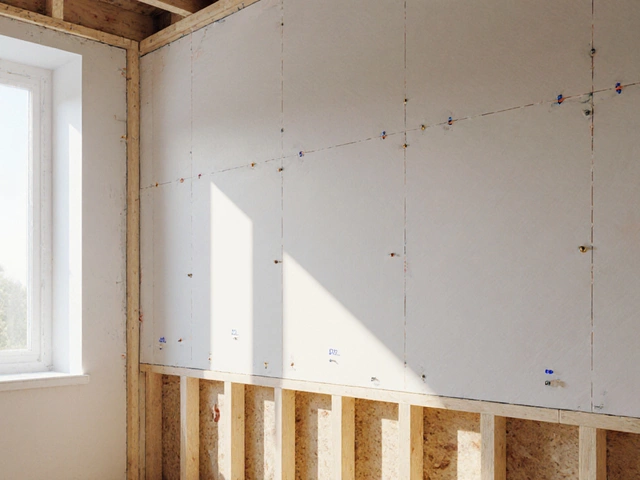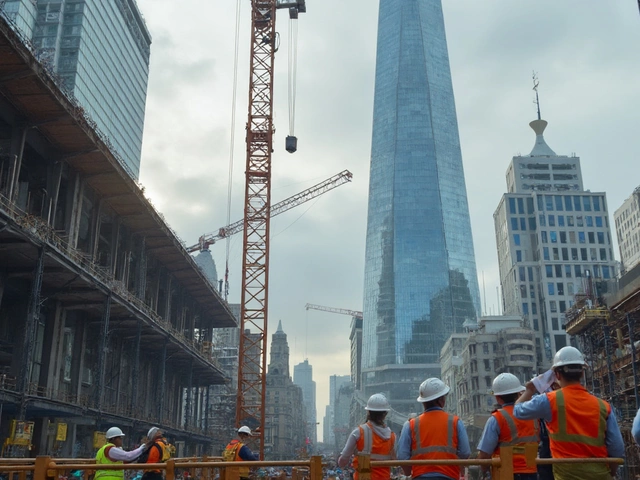Fire Safety Basics Every Builder and Homeowner Should Know
Whether you’re putting up a new build, renovating a kitchen, or just checking the foundation, fire safety stays front‑and‑center. A spark in the workshop or a stray ember on a site can turn into a disaster fast, so knowing the simple steps that stop a fire before it starts saves money, time, and lives. Below are the most common fire hazards you’ll meet on a construction job and the practical actions you can take right now.
Common Fire Risks in Construction and Renovation
One of the biggest culprits is temporary electrical wiring. Loose cords, overloaded circuits, and exposed live wires are easy to overlook when you’re focused on framing or concrete. Another frequent danger is flammable materials left too close to heat sources – think sawdust, insulation foam, or oil‑based paints stored near a heater. The Type 5 building construction piece we covered earlier points out that wood‑frame structures are especially vulnerable because the framing itself can ignite quickly if not protected. Lastly, improper fire‑rating of walls during a commercial build can let a small blaze spread through an entire floor, a risk highlighted in our guide on commercial building construction types.
Practical Steps to Keep Your Building Safe
Start each day with a quick safety walk. Check that all temporary power strips are plugged into grounded outlets and that circuit breakers aren’t tripping. Keep a fire‑extinguisher within arm’s reach of any hot work area and make sure everyone knows how to use it.
Store all combustible supplies in metal containers away from heaters or welding equipment. If you’re using wood framing, apply a fire‑retardant treatment to the studs and sheathing – it’s a cheap move that pays off big during a flare‑up. When you pour concrete or set up a foundation (see our article on the 345 rule for layout tips), lay down a fire‑resistant barrier around the work zone to stop sparks from catching nearby wood.
Don’t forget the ventilation system. Dust and debris can settle in ducts and become fuel for a fire. Clean vents regularly, especially after a demolition phase. For new builds, ask your contractor for a copy of the fire‑rating certificates for walls and floors; this paperwork proves the materials meet safety standards and helps you avoid costly retrofits later.
Finally, make fire safety a part of every team meeting. A quick reminder about checking fire exits, keeping exits clear, and knowing the emergency plan can be the difference between a controlled incident and a catastrophic one. By turning these habits into routine, you protect the structure, the workers, and your peace of mind.
Fire-Resistant Construction Materials: What Keeps Flames at Bay

When it comes to commercial buildings, choosing the right construction materials is crucial for safety and durability. Fire-resistant materials play a key role in protecting structures from devastating damage. This article explores various types of construction materials, examining their fire-resistant properties. Learn which options are best suited for enhancing safety in commercial buildings.
read more



